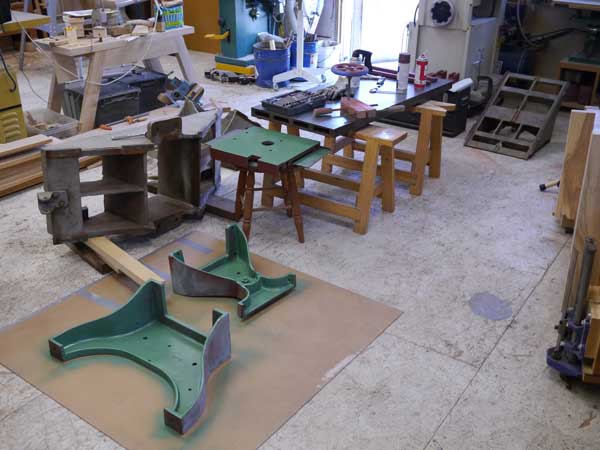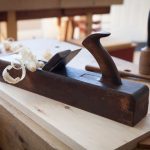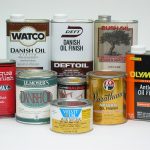We may receive a commission when you use our affiliate links. However, this does not impact our recommendations.
Below is an excerpt from Jameel Abraham‘s article in the October 2016 issue of Popular Woodworking Magazine – start looking now for your “Old Arn” and get ready to restore! (The issue mails to subscribers beginning on or around August 3, and will be on newsstands in mid-August).
…That started me down the rabbit hole that is old iron, or “old arn” as we enthusiasts like to call it. So what exactly is old arn? The general definition is any machine built more than 20 years ago. But this being 2016, that doesn’t exactly apply anymore. What about machines built by a company that is no longer in business? That’s tricky, because I would call any new Northfield machine old arn. What about machines built overseas? Those are mostly copies of American machines, so that’s also foggy. I guess the simple answer is, you’ll know it when you see it….
Finding Your First Machine
My first restorations were drill presses, and I think this is an excellent machine to get started with. Why? It’s a ridiculously common machine, and you can get them in many sizes to suit your work. The first place to start looking is your local Craigslist. I like to save individual Craigslist categories in my bookmarks folder out to about a 2-hour radius from my shop. This makes it quick to check the site frequently (if you get the bug, you’ll check way too much) so you can snatch up a machine before it’s gone. But oftentimes these machines just sit unsold because modern folk don’t want the trouble of fixing them up. This makes for a perfect situation: great machines at low prices.
Other places to look for machines are estate sales. Auctions are also an option, both local and online. Like all auctions, sometimes you get away with murder, other times you leave shaking your head. I’ve also bought machines through local governments. Many school shop programs have gone the way of the dodo in recent years, and you can often find old, industrial-sized machines at city “garage sales.” Call your local school surplus center or department of education and you might be surprised to find they have a storage facility full of machines they are eager to get rid of.
It’s particularly satisfying to find an old machine that was used in a school (maybe even your old junior high!) and resurrect it from the potential scrap pile. You might also pick up a cheap deep fryer or trumpet while you’re at it. I also make sure to mention that I’m “into old machinery” when I visit lumberyards or machine shops. Pretty soon you’ll find that machines start coming to you instead of the other way around.
Here are some supplies and tools we find essential in our everyday work around the shop. We may receive a commission from sales referred by our links; however, we have carefully selected these products for their usefulness and quality.










The only downside to hunting old machines is that they are usually pretty difficult to get on and off the trailer.
I have developed a technique using old pieces of pipe for rollers. If you have to move the machine across a lawn or some gravel, it helps with a piece of plywood beneath the rollers.
Well, it looks like I’m not alone after all. And, besides, a lot of the “Old Arn” pieces are better than some of the new ‘disposable’ equipment you get now-a-days. My first piece (about 25 years ago) was a Walker-Turner 4 inch jointer (I’m went up to a 6″ Craftsman (read Emerson Electric) shortly after that.) With the exception of my Jet bandsaw (that I bought new), every power tool I own was purchased at an auction, estate sale, yard/garage/tag sale or picked out of the trash meant for the scrap yard. Refurbished, they will out last most of the tools on the market today. … You go Megan, you’re my kind of girl!!!!
Tru-dat! We have three antique ‘arn’ machines that I and a buddy have restored. A “genuine” 12″ DeWalt radial arm, a 1940’s Craftsman floor model drill press and a sixteen inch jointer that we converted from line-shaft power to 5hp 220v single phase. We sold that one for a tidy profit. Wish we hadn’t ’cause we haven’t replaced it. So now we’re looking again.